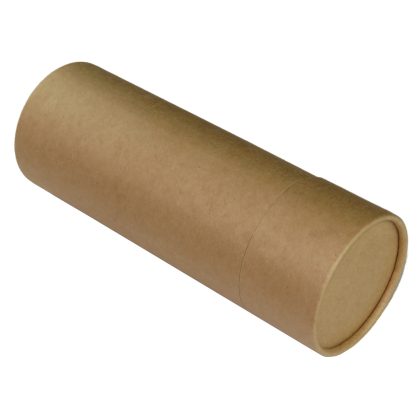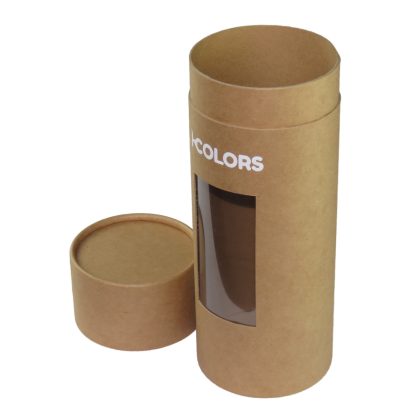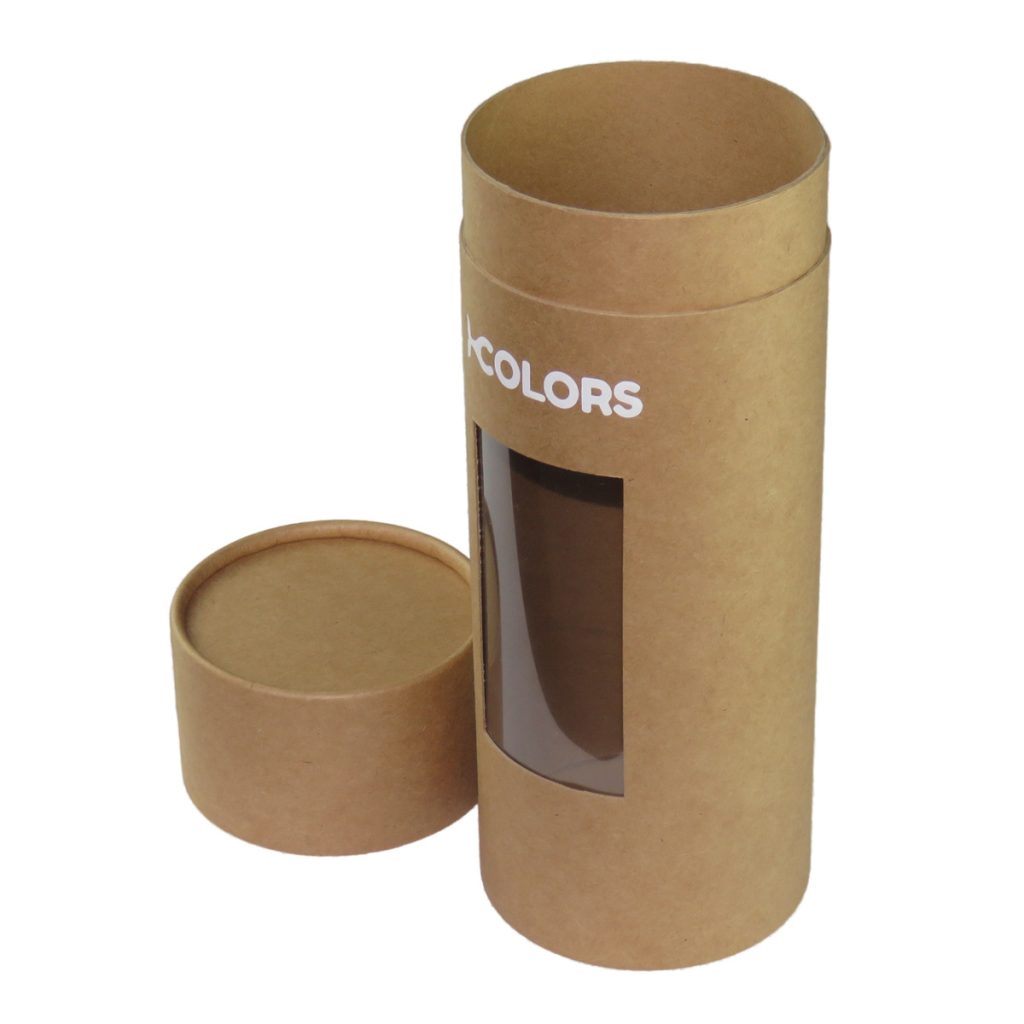The development history of corrugated cardboard boxes can be traced back to the late 19th century. In 1856, Albert Jones of New York City received the first patent for corrugated paperboard. However, it was not until the 1870s that corrugated cardboard was used for packaging purposes.
Initially, corrugated cardboard was used as a liner for men’s hats to protect them during shipping. Later on, the use of corrugated cardboard boxes spread rapidly due to its lightweight, durable, and versatile nature.
In 1895, the first machine for producing corrugated cardboard boxes was invented by Robert Gair, a Scottish-born American. This invention revolutionized the packaging industry and made corrugated cardboard boxes cheaper and more widely available.
In the early 20th century, corrugated cardboard boxes became increasingly popular for shipping food, clothing, and other goods. During World War II, the demand for corrugated cardboard boxes increased as they were used to ship supplies to soldiers overseas.
In the post-war era, the use of corrugated cardboard boxes continued to grow, and new manufacturing technologies were developed to improve their quality and efficiency. Today, corrugated cardboard boxes are used for a wide range of applications, from shipping and storage to display packaging and point-of-sale marketing.
Overall, the development of corrugated cardboard boxes has played a significant role in the growth and evolution of the modern packaging industry.


